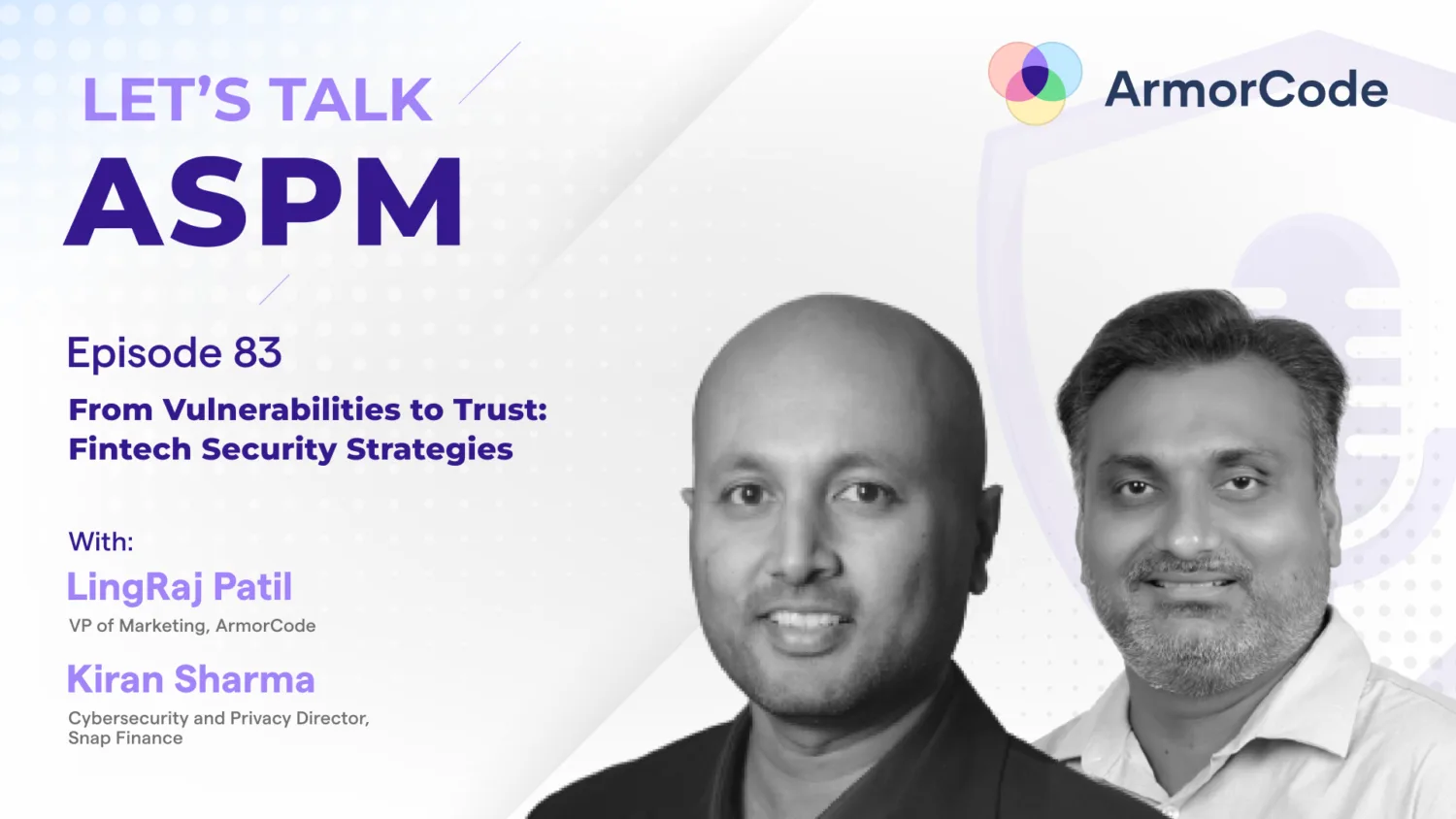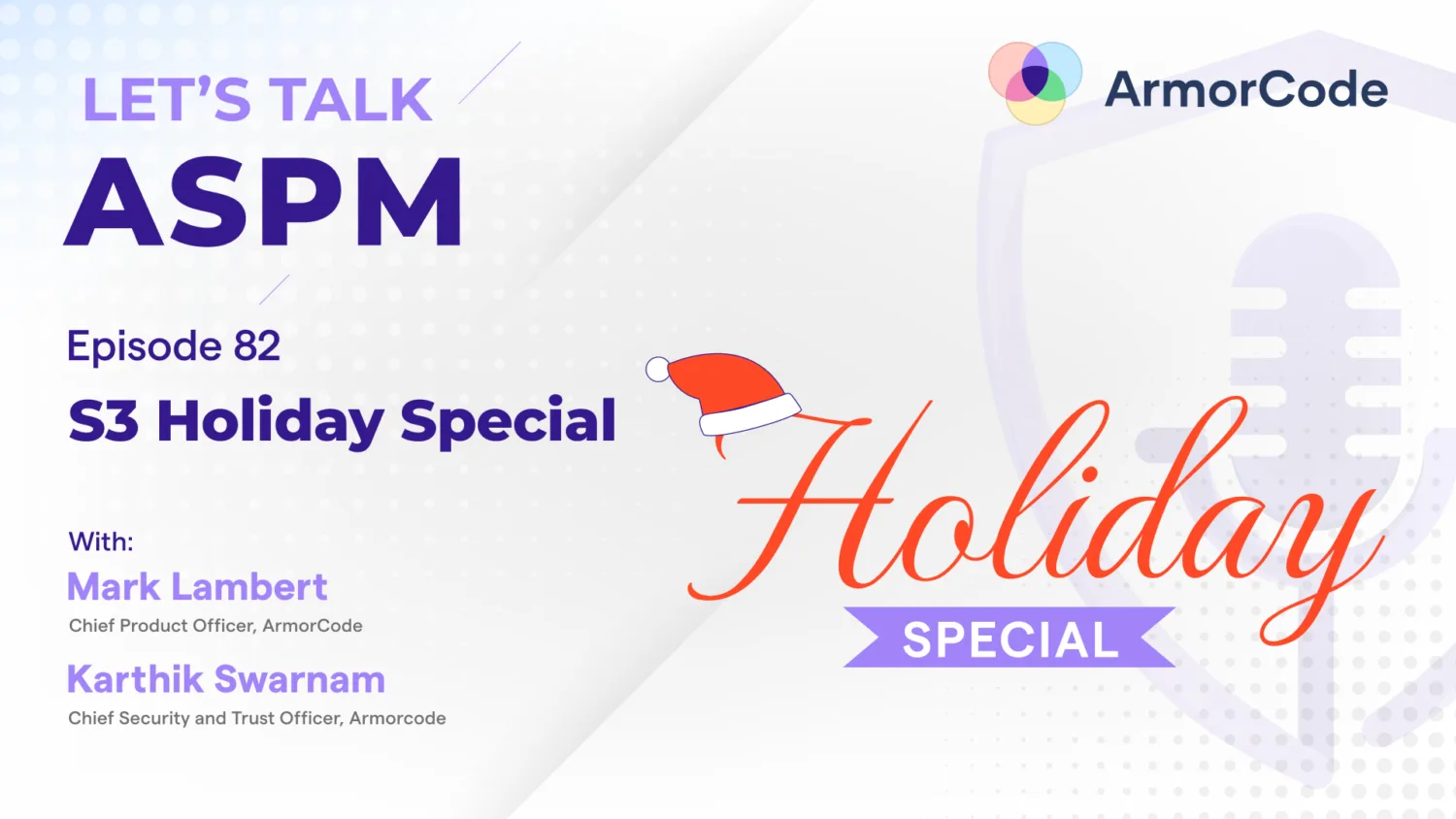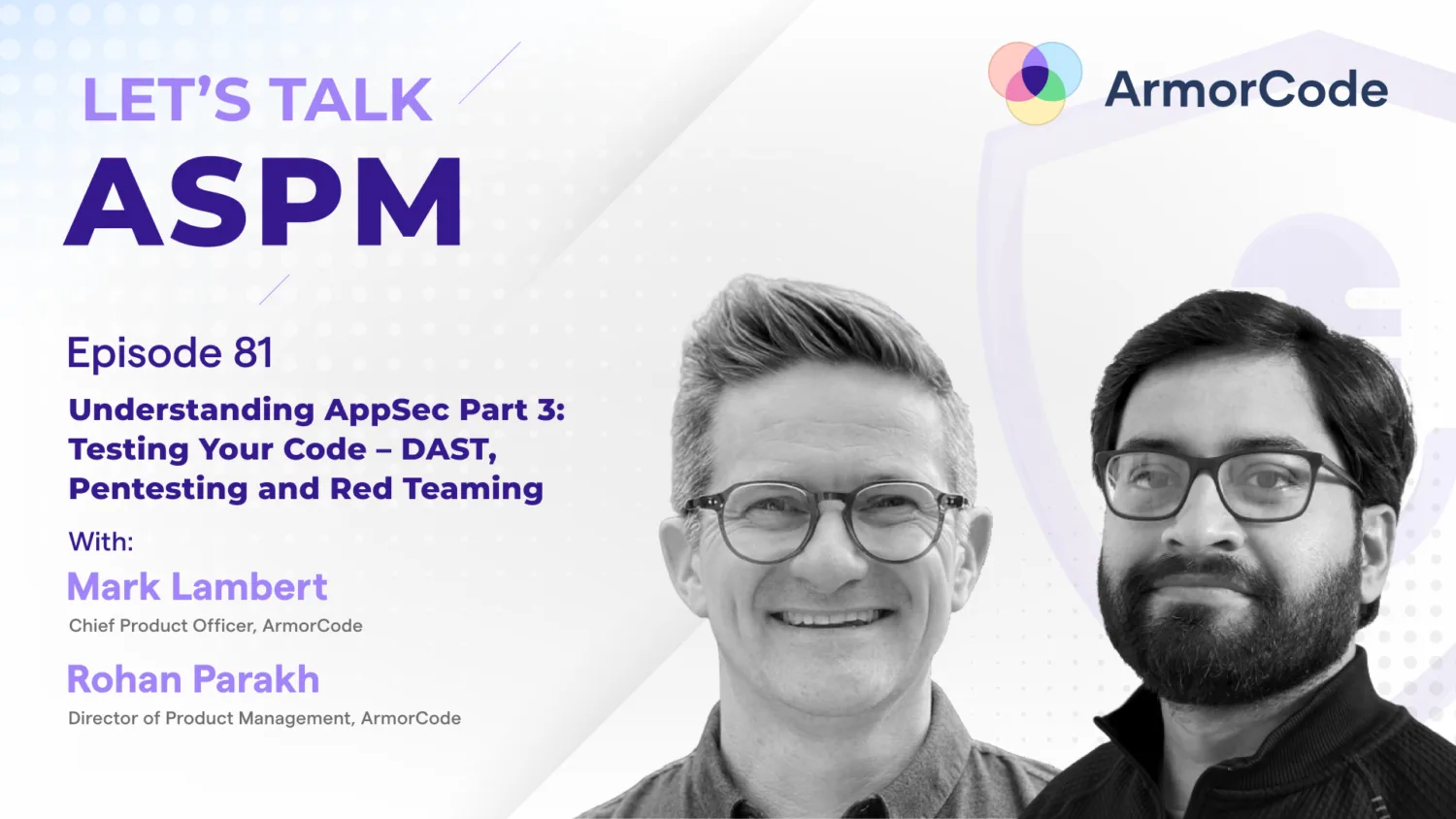Defining ASPM – Part 2
Episode 58
February 15, 2024

Mark and Rohan continue our 3-part deep-dive into ASPM. This time, we explore how it can help an organization manage its unique—often numerous—kit of security tools; as those tools are changed out, specialized for different uses, and sometimes sourced from opposing vendors… All the while meeting the basic needs: a normalized view of risk across environments, and actionable insights & context holistically collected from across that diverse tooling.
Check out the State of AppSec 2023 Report with insights on the “best-of-breed” approach to security tooling
Read the latest Gartner® Research on adopting AI & Cybersecurity in 2024



